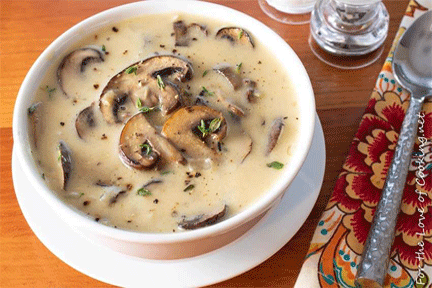Wild at heart: Mexico’s mushrooms have a long and varied history
News Category: News and Food and Drink
-
But nowadays their cultivated cousins are more popular
By Janet Blaser
Published October 23, 2021There are a good number of edible wild mushrooms native to Mexico, found mostly in the cooler mountainous regions of Oaxaca, Mexico, Morelos, Mexico, Puebla and Hidalgo. The Mexica (Aztec) deity Nanacatzin (from the Náhuatl word nanacatl, meaning “meat”) was the Lord of the Mushrooms, responsible for making them suddenly sprout overnight. It’s no wonder, then, that hongos silvestres have a long culinary, medicinal and religious history in Mexico.
If you do come upon wild mushrooms in a market somewhere, be sure to ask the vendor exactly how to prepare them and follow their instructions to the “T.” Some are only used for medicinal or religious purposes — not for eating — and you want to be sure of what you’re getting before you throw them into a stir-fry or something.
For the most part, what we find here are the common white or button mushrooms, usually called champiñones. In the last few years, portobellos have become popular too, appearing on menus as vegetarian alternatives for burgers and in other dishes.
It was a surprise to me to discover that those little white mushrooms grow up to be big brown portobellos! And, in their “teenage” stage, they’re called creminis, or “baby-bellas.” As they mature, besides getting bigger and darker, Agaricus bisporus develop more flavor as well. Mexico is a big producer of these kinds of mushrooms, with the state of Guanajuato growing the most.
Mushrooms are a versatile source of umami, that elusive flavor component that just makes everything taste better and richer. You may be able to find more exotic varieties of dried mushrooms, like shiitake or oyster mushrooms, in Asian stores or sections of bigger grocery stores.


Leave a Reply